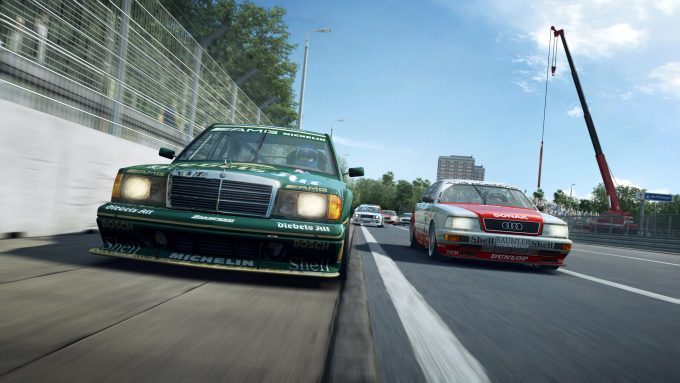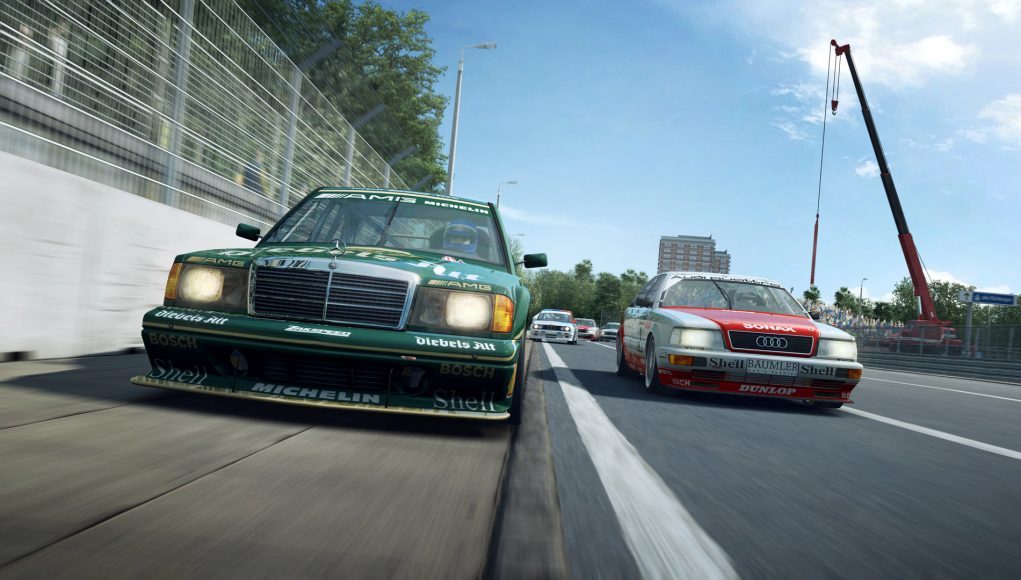 RaceRoom Racing Experience has received a major update that introduces Vive and Rift support through SteamVR. The update also includes a number of improvements and adds new content to this often underappreciated racing sim.
RaceRoom Racing Experience has received a major update that introduces Vive and Rift support through SteamVR. The update also includes a number of improvements and adds new content to this often underappreciated racing sim.
Developer Sector3 has been largely silent about potential VR support for RaceRoom, despite the title offering an excellent, experimental VR mode for the Rift DK2 dev kit back in 2014. Today’s update has, along with some major feature and content additions, enabled a ‘first pass’ of VR support, much to the delight of the community.
RaceRoom can be considered an established racing sim at this point, despite being technically still a ‘beta’. It has a colourful history, having been originally developed by the SimBin, famous for classic racing sims such as GT Legends (2005) and GTR (2005). RaceRoom’s approach was different, both in terms of being a free-to-play title with paid additional content in the form of cars and tracks, as well as aiming to have accessible physics. This lead to the sim being dismissed by large sections of the community, and ultimately, the demise of SimBin.
Now that Sector3 is at the helm—which operates effectively as a restructured SimBin— RaceRoom is back on track, having seen massive physics and force feedback improvements, making the sim far more appealing to the enthusiast. The return of VR support is another indication that RaceRoom is heading in the right direction.
The update, detailed here, also adds leaderboard divisions, a revamped multiplayer browser, manual pit stops, AI changes, DTM physics improvements and the Silverstone and Stowe circuits.
Here are the steps to enable VR mode, according to the developer post on the Sector3 forums:
• In your Steam client library, right click RaceRoom and select “Properties”.
• In the Properties pop-up window, under the “General” section, click the “Set Launch Options…” button.
• In the dialog box that opened, just type in “-vr” (without the quotation marks) and it will use the default value for render target multiplier, which we currently have set to 1.5.
• To experiment with different render target multipliers, you can simply add the desired value after the argument, for example: “-vr 2.0” will start the game with the multiplier at 2.0. This multiplier can go as low as 0.5 and as high as 4.0 which is very high, so we recommend small steps here.







